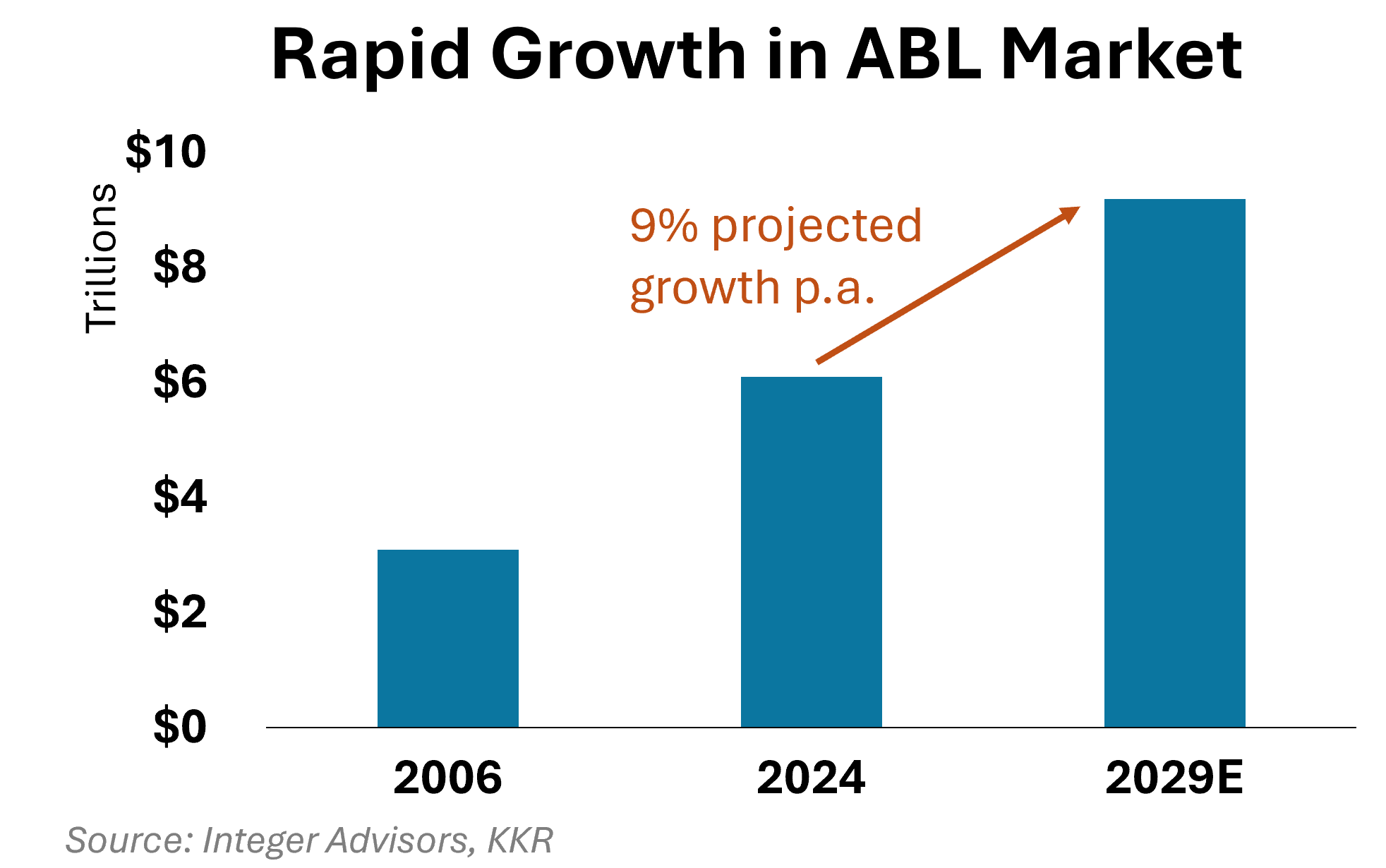
Blog: Caution – Sheep Crossing
EXECUTIVE SUMMARY
Consistently beating the market requires the willingness to be different. As Oaktree’s Howard Marks noted years ago, ‘You can’t take the same actions as everyone else and expect to outperform.’ Asset prices rise when an investment is popular, driving its return potential down. Shunned assets, conversely, have lower prices, offering greater reward potential. However, quite often there is a good reason why an asset should be avoided… as I often told my traders, ‘Just because a bond’s price is low doesn’t make it cheap!’
The trick, therefore, is to identify assets where the perceived risk is significantly greater than the actual risk.
EASIER SAID THAN DONE
As easy as this sounds, it’s much harder to do in practice for two reasons. The first is straightforward: differentiating between actual risk and perceived risk is often difficult and requires both experience and a profound understanding of the market and the asset class in question. The second reason stems from the way we have evolved: our brains are literally hardwired to follow the crowd. Behavioural science refers to this as ‘herd mentality bias’. In our daily lives, its effect is typically benign – fanatic football fans, mile-long queues for the latest iPhone, and fidget spinners. This bias, however, is far from benign when capital markets are concerned, leading to events like the dot-com crash, the sub-prime crisis, and the recent implosions of bitcoin, SPACs, NFTs and long-dated bonds.
COMPLEXITY – A CURSE FOR SOME, A BOON FOR OTHERS
A lot of money can be made when an asset is perceived risky when, in fact, it is not. One such example: European CDO of ABS. Following the Lehman collapse, these bonds were highly illiquid (holders, mostly banks and insurance companies, came under immense pressure from management to sell). Furthermore, the bonds were complex, and required expert analysis as they were backed by dozens of underlying bonds.
A lot of money can be made when an asset is perceived as risky when, in fact, it is not
What made this trade exceptional was that, unlike most CDO of ABS which were backed by toxic US subprime bonds, European CDO of ABS were backed by prime European ABS and CLOs, making them largely sound from a credit perspective. This situation was a credit trader’s dream – a crowd running for the exit with few knowing how to properly value them! A case of the proverbial baby being thrown out with the bathwater – SCIO doubled our investors’ money in just a few years on money-good bonds.
BREAKING AWAY FROM THE HERD
Such opportunities still exist today, though rarely in mainstream public markets owing to a decade of overly-accommodative central bank policy, but rather in the niche private markets where SCIO operates. To take advantage of these opportunities, SCIO differentiates from its competitors in three key areas:
- Loan size: Our asset-based loans typically range in size from €5-20m, making them too large for most family offices but too small for banks and PE firms. As a result, we enjoy low competition and high barriers to entry.
- Complexity: Asset-based lending is more complex than direct lending to SMEs, providing SCIO with greater credit protection (i.e., our loans are backed by assets) while leveraging off our team’s 25 years of average experience in structured credit.
- Flexibility: SCIO’s team of traders and portfolio managers seamlessly navigate between both public and private markets, allowing our funds to profit from dislocations in public markets as and when they occur.
FINAL THOUGHTS
Against a backdrop of literally thousands of credit funds, SCIO funds remain highly-differentiated. This uniqueness, combined with SCIO’s obsession with capital preservation (debt, after all, is a risk-asymmetric instrument), has led to consistent outperformance vs the market over the past 12 years, with higher unleveraged net returns (11.21% in EUR) coupled with lower risk (Sharpe ratio 2.33). The results speak for themselves.

In a world of increasing capital market commoditisation, pursuing a niche strategy is the single best way to consistently outperform.
It requires the willingness to be different, to recognise and overcome our natural biases, and to put in the legwork to properly understand the market and the assets in question. However, the results are well worth it.
And really, who wants to be a sheep when they can be a wolf instead?
____________________________________________________
1 Source: Asset-weighted net unleveraged annual composite returns across SCIO’s SICAV funds (May 31, 2010 through June 30, 2022) with dividends reinvested. All figures sourced and calculations performed by SCIO Capital LLP. PAST PERFORMANCE IS NOT INDICATIVE OF FUTURE RESULTS. The historical performance data included herein is provided for illustrative purposes only and is not indicative of future results.

.svg)



.png)






.svg)






